The role of motors in laboratory productivity
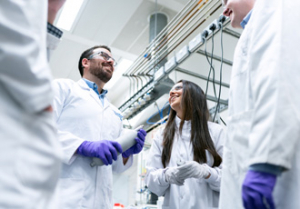
Look at every stage of the development of COVID-19 vaccines and you will find a commonality - automation. From genome sequencing to clinical trials and mass production, the development speed was made possible using highly repeatable automated processes. Here Matthew Dean, Sales Engineer for medical applications at maxon UK and Ireland, discusses how improvements in motors and drive systems have enabled the development of the automated technology needed to address today’s challenges.
Between December 2020 and March 2021, more than 500 million doses of coronavirus vaccine were administered across 151 countries. The scale of vaccine production and delivery hinged on large scale automation of the required liquid handling, motorised pipetting, Polymerase Chain Reaction (PCR) sequencing and robotic plate handling systems.
So, how did we get here?
The route to lab automation
To develop more repetitive and consistent liquid handling processes, engineers started incorporating DC motors into pipette designs in the 1970s. At the time, motors had no controlling module position, which limited the functionality of the devices.
Early motorised components were limited in movement, with robotic arms only capable of performing simple insert and eject functions. Because these devices were expensive to manufacture and didn’t drastically impact laboratory productivity, the take-up for lab automation was slow.
To enhance the capabilities of motorised laboratory technology, engineers started incorporating additional control modules into plate handling systems so that technicians could increase their liquid handling throughput. This meant plate handlers and motorised pipettes could now shuttle on more than one axis, and robotic arms could grip sample plates and transport them to other areas of the workstation.
It became apparent that automating laboratory processes was not only increasing throughput but giving skilled technicians more time to carry out other tasks - the productivity benefits were crystal clear. As demand for faster, better lab automation took hold, medical device engineers started to look for creative ways to meet the needs of the industry.
Overcoming automation obstacles
Another obstacle was that liquid handling devices need to be capable of managing different liquid viscosities. For example, if a substance is highly viscous, fluid is expelled slowly and liquid residues may stay attached to a pipette wall, affecting dispensing accuracy - and potentially the efficacy - of a pharmaceutical. Vaccines are highly viscous compared with water, due to their large molecular components. Therefore, motors with high actuation forces are needed to overcome this.
For many years, maxon has worked hard to meet all the requirements of this crucial industry. As a result, precise drive systems, like maxon’s DC-max 16 S and Screw drive GP 10 S, are often found in electronic pipettes due to their low inertia and linear characteristics. These motors are suitable for high frequency electronics as they allow for fast, repetitive motion for long periods of time, minimising device down-time.
maxon also offers brushed DC motors and multi-axis controls for integration into robotic arms, which enable the robot’s gripper to operate at high power, handling loads from 50 to 500 grams. Our motors are used in shoulder, elbow and wrist joints of robots, as they enable good extension and movement while handling samples.
As well as being popular with robot design engineers, technicians also find these motors useful - they allow for multiple devices to be connected, so processes can occur simultaneously on the same workstation.
Look closely at vaccine development and you’ll find laboratory automation. Look even closer and you’ll see that innovations in motor technology have supported robot design engineers for decades, driving accuracy, repeatability and ultimately, scientific progress.
Similar articles
More from Maxon Motor UK Ltd
- The role of motors in laboratory productivity 14th May 2021
- maxon develops ultra-efficient UAV drive with startup Flybotix 13th October 2020
- Smart farming, precision agriculture and Agriculture 4.0 6th July 2020
- What part do DC motors play in the medical industry? 12th March 2018

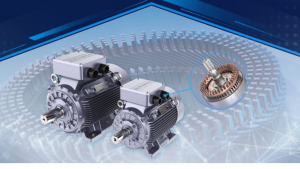
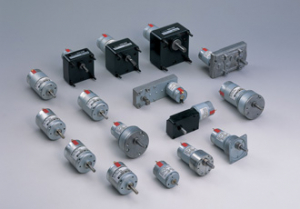
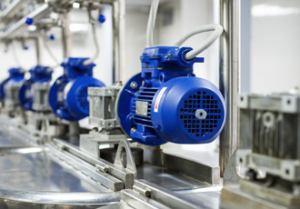
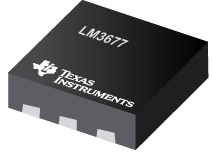

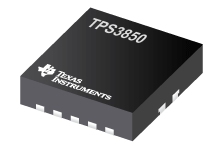
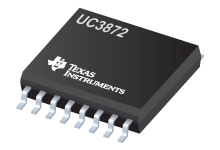

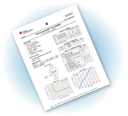

Write a comment
No comments